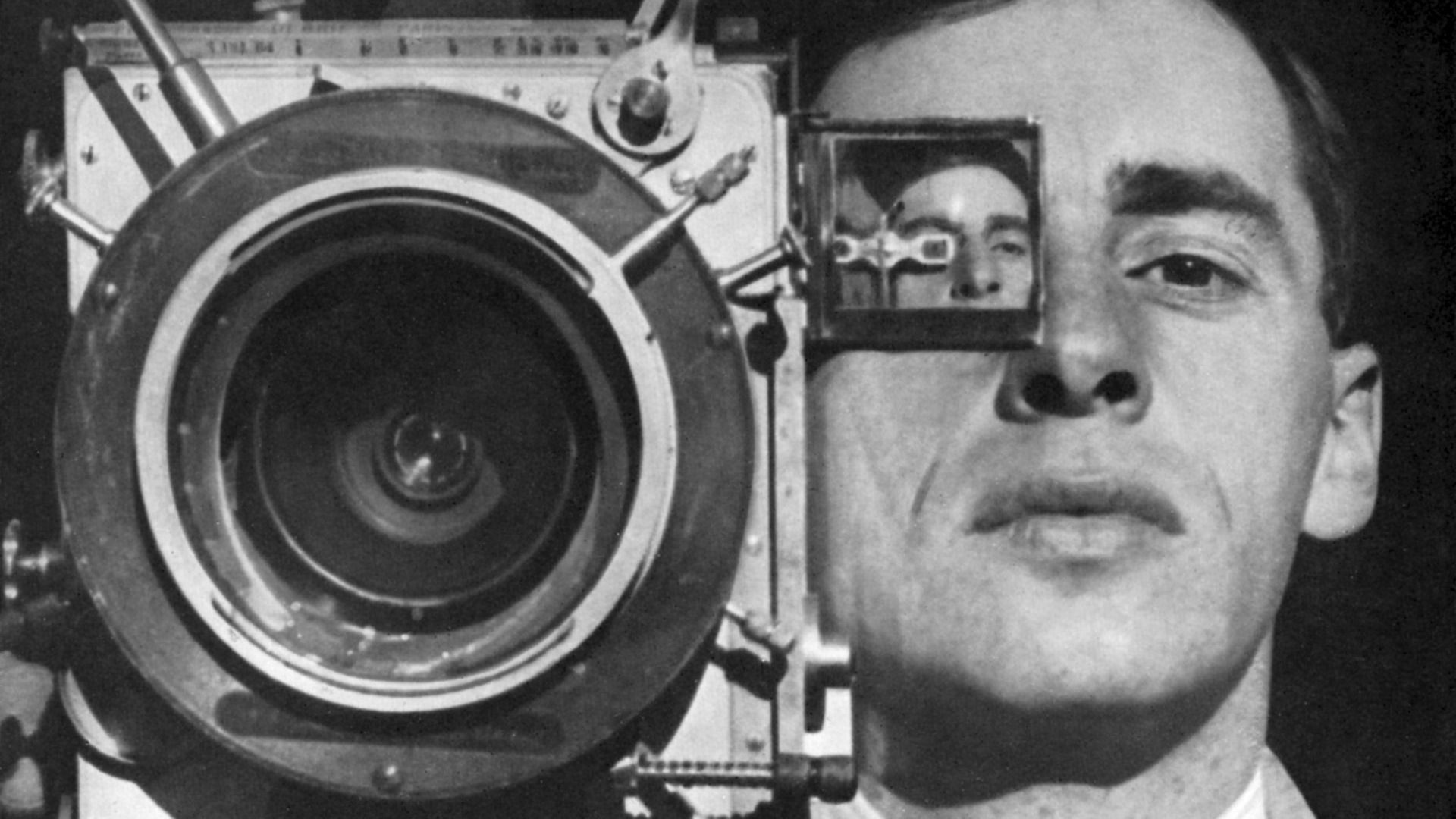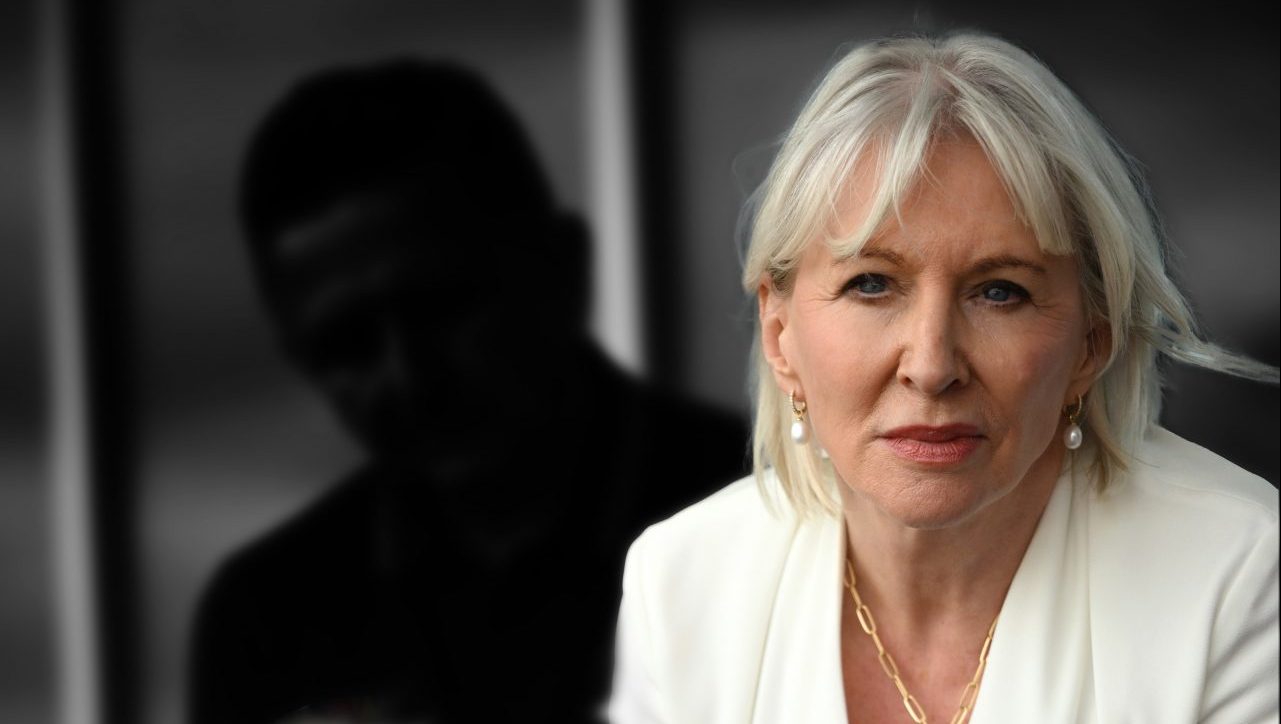Film-maker Dziga Vertov rode the agit-trains during the Russian civil war, producing pro-Soviet propaganda films – agitki – to spread the Bolshevik message to the masses, and worked on a similar series of newsreels in Moscow.
A founder of the Kino-Eye philosophy, Vertov identified the opportunity offered by film to provide a new truth, one linked to Soviet ideology, which would bring “creative joy to all mechanical labour” and “men closer to machines”.
Yet his crowning achievement, 1929’s remarkable Man with a Movie Camera, released at the tail end of the silent era, transcends those original intentions. It is joyous, celebratory even, revelling in the endless possibilities of film-making. Long revered as a masterpiece, it far outlasted the Soviet Union and became required viewing for generations of film-makers, while now poignantly lending historical context to the current Russian invasion of Ukraine, where it was largely shot.
Made at a time when Russian creatives still enjoyed the freedom to experiment before the Stalinist crackdown, the film hints little at the horrors of widespread famine to come through industrialisation and collectivism. Instead, it depicts a day in the life of a fictional Soviet city made up of footage from Moscow and the Ukrainian cities of Kyiv, Kharkiv and Odesa. From dawn to dusk, citizens are shown at work and play, interacting with the machinery of the modern Soviet Union.
Almost a century later, its standing is assured in ways Vertov could never have imagined, as one of the greatest films ever made. Regularly ranked in the top 10 in the British Film Institute’s world-renowned critics poll, it also features prominently in the BFI’s poll of directors.
Its rhythmic editing has drawn dozens of musicians to write their own soundtracks. One such composer, Justin Sherburn, based in Austin, Texas, is touring his own original score with his indie chamber music group Montopolis, using it to subvert Vertov’s propaganda and raise awareness of the ongoing tragedy in Ukraine.
Born David Abelevich Kaufman in Poland, later adopting the name Dziga Vertov (“spinning top”), Vertov studied composition at Białystok Conservatory before his family fled the 1915 German invasion and settled in Russia, where he took up film-making.
Founding the Kinoks collective with his wife, experienced editor Elizaveta Svilova, and his brother, cameraman Mikhail Kaufman, Vertov published manifestos arguing for a documentary approach and candid cameras to capture workers “caught unawares”.
This movement culminated in Man with a Movie Camera. In an hour-long rush of rapid editing, dissolves, jump cuts, superimposition, tracking shots, split screens, strange angles and animation, this narrative-free portrait provided a dizzying journey through city life.
The BFI’s curator of silent film, Bryony Dixon, says: “The most abiding memory is the joy of revolution, of throwing all the toys out the pram, throwing away all [film-making] convention and destroying it from within. Yet it’s very formal.
“It’s like a little masterclass of things you can do with film, just before sound comes in. It has this incredible box of tricks. You can use it to illustrate what film is and what it can do, going all the way back to 1895.”
As such, the film is almost uncategorisable, says Dixon. Regarded as one of the greatest-ever documentaries, most documentarians would say it doesn’t fully meet that criterion. It also has qualities of an art film, a city symphony and propaganda, without fitting neatly in those camps either. Despite that, it has risen to enormous peaks in popularity.
As the ultimate expression of Kino-Eye (Cine-Eye), one thing the film is not is fiction, unlike The Witness, Russia’s 2023 feature-length propaganda drama about the invasion of Ukraine. Vertov decried drama as the “opiate of the masses”, writing in 1923: “I am the Kino-Eye. I am the mechanical eye. I, the machine, show you the world as only I can see it. I emancipate myself henceforth and for ever from human immobility. I am in constant motion… My path leads towards the creation of a fresh perception of the world. I can thus decipher a world that you do not know.”
The film – which features the striking image of an eye inside a camera lens – begins by setting out its stall: “This new experimentation work by Kino-Eye is directed towards the creation of an authentically international absolute language of cinema on the basis of its complete separation from the language of theatre and literature.”
Says Dixon: “It’s all about what’s truth, what’s authentic. It could not be more relevant today. Some things Vertov says could be a conversation we’re having about AI. These debates are really similar.”
While Vertov’s film uses “the unfettered camera” to document real life, he very deliberately – and obviously – plays with that truth. Montages, juxtapositions, animation and editing choices all aid his ideal of that fresh worldview.
His city is not a real place but a synthesis of four very different cities filmed across three years. Moscow does not boast a pleasant beach, for example. Nor was it filmed in one day. Clearly, too, some shots were engineered. The film is also bookended by scenes of an audience arriving at a movie theatre and watching the film – very self-aware.
If the film has a protagonist, it’s Vertov’s brother, Kaufman: the titular, intrepid Kino-Eye cameraman depicted as a swashbuckling or comedic hero in place of a Douglas Fairbanks or Charlie Chaplin, often superimposed atop the action as an all-seeing figure. Kaufman is seen filming the action, at times risking his life, climbing high above dams, venturing down mines and alongside railway tracks and whizzing through the streets in the rear of an open-top car.
Though the film – produced by the state monopoly, the All-Ukrainian Photo Cinema Administration – paints a picture of real life, Dixon notes: “If you compare it with most other Soviet films of that time, and many of the films he and his wife made, they had a very clear message about progress. Whereas Man with a Movie Camera is all over the place. It just says, ‘wow, look at what we can do! Isn’t it amazing!’”
Vertov played with the unusual angles seen in German expressionism and French avant-garde and the still relatively new Dutch tilt. “The crazy angles, the double exposures, which he uses a lot, and then the editing together of shots in a kind of kaleidoscopic way, using weird lenses, that had definitely been done before,” notes Dixon. “Stop-motion, too. But nobody had put all these techniques in one film, quite so rapidly edited together.”
Man with a Movie Camera premiered in Moscow in 1929. Vertov embarked on a series of European lecture tours, and the film became a pillar of art-house cinema. Since 1960 its footprint can be seen in popular cinema too, from voyeuristic films such as Michael Powell’s horror Peeping Tom, where the camera features prominently, to the riotousness of imagery in science fiction. A line can perhaps be drawn from Vertov’s trick shot showing the Bolshoi Ballet imploding into itself to a similar effect at the end of Christopher Nolan’s Inception.
Vertov provided notes for musical directors to create scores for the film’s premiere in which he talked about juxtapositions, pace and rhythmic editing. It’s possible to almost hear that rhythm even when watching the film silently. Among those to have written their own scores are Michael Nyman and the Ukrainian guitarist/composer Vitaliy Tkachuk. British nu-jazz band The Cinematic Orchestra are also touring their 2003 soundtrack this year.
It was the film’s fast pace that first drew Sherburn to write his score for Montopolis. “A lot of silent films don’t have as much momentum as Man with a Movie Camera,” he says. “It’s constant. The edits are all very short, and frenetic, and make it very exciting and very relevant. It just feels like a modern film. The challenge for me was to keep pace with it.”
As the grandson of Romanian immigrants, Sherburn has a personal investment in the history and culture of eastern Europe. His joyful score celebrates the beauty and resilience of Ukraine’s people and aims to inspire American audiences to support the country in its time of need. Incorporating indie rock, extended techniques, and traditional Ukrainian folk melodies, for him the work is “an exercise in the power of music to undermine a film’s intention”.
His performances also feature original Ukrainian music, including a piano piece by the composer Valentin Silvestrov and the country’s national anthem. Throughout their US tour, Montopolis have partnered with the relief organisation Bird of Light Ukraine and local Ukrainian communities to raise funds and awareness of the ongoing refugee crisis.
Montopolis’s score is available to download from: https://www.montopolismusic.com/media. Man with a Movie Camera is available on BFI Blu-ray/DVD and on BFI Player



